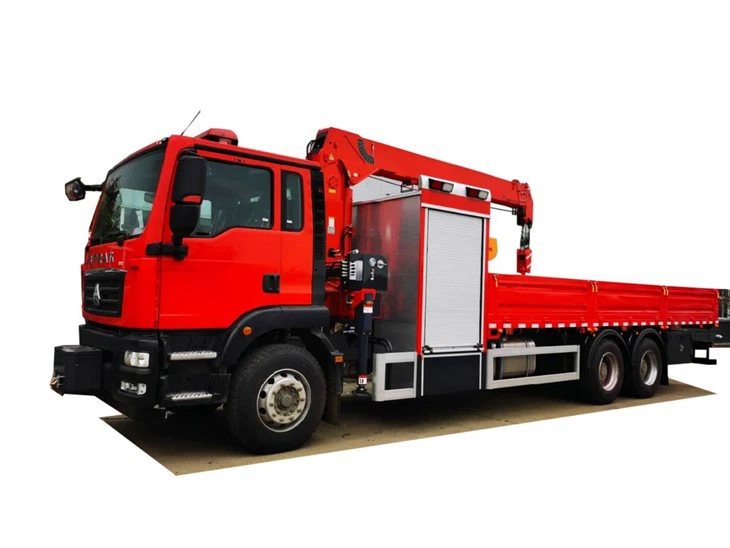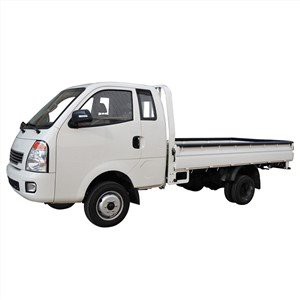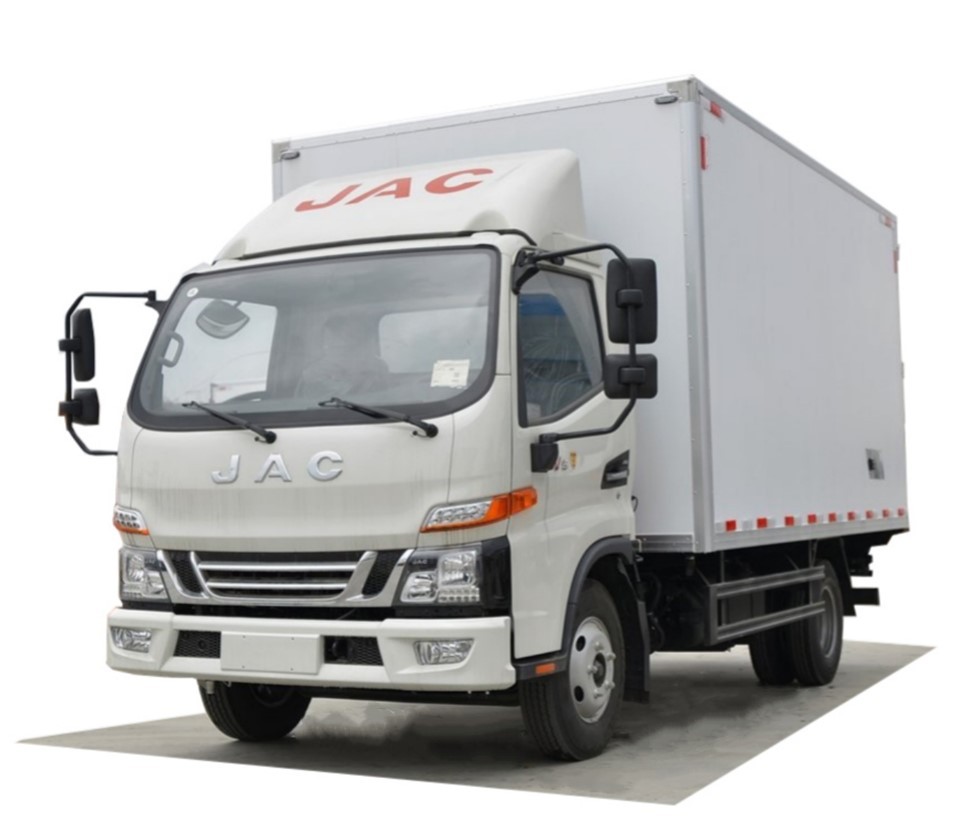Understanding Garbage Truck Dimensions: A Comprehensive Guide

Garbage trucks play a vital role in our communities by helping to manage waste efficiently. However, not many people understand the different dimensions of these trucks and how they can vary depending on their design and purpose. This article aims to provide a comprehensive overview of garbage truck dimensions, offering insights into their sizes, types, and practical applications.
Introduction
Garbage trucks come in various shapes and sizes, tailored for different waste management needs. Understanding the dimensions of these vehicles can help municipalities, businesses, and individuals make informed decisions about waste collection services. Whether you are considering purchasing a garbage truck, working with a waste management company, or simply curious, this guide will cover everything you need to know about garbage truck dimensions.
The Basics of Garbage Truck Dimensions
Types of Garbage Trucks
Before delving into dimensions, it is essential to understand the common types of garbage trucks:
- Front-Loading Trucks: Typically used for commercial waste disposal, these trucks have a front loader for easy dumpster access.
- Rear-Loading Trucks: Commonly used in residential waste collection, these trucks require workers to collect refuse from the rear.
- Side-Loading Trucks: These trucks allow for automated collection of bins from the side, increasing efficiency.
- Roll-Off Trucks: Used for larger waste containers, these trucks can transport heavy loads that are often used in construction and demolition.
Common Garbage Truck Dimensions
| Type | Length | Width | Height | Weight (GVWR) |
|---|---|---|---|---|
| Front-Loading Truck | 20-30 feet | 7.5-8.5 feet | 10-12 feet | 26,000-33,000 lbs |
| Rear-Loading Truck | 20-26 feet | 7.5-8.5 feet | 10-12 feet | 26,000-32,000 lbs |
| Side-Loading Truck | 20-30 feet | 7.5-8.5 feet | 10-12 feet | 26,000-30,000 lbs |
| Roll-Off Truck | 30-40 feet | 8-8.5 feet | 10-12 feet | 32,000-50,000 lbs |
Factors Influencing Garbage Truck Dimensions
Purpose and Usage
The intended use of a garbage truck significantly influences its dimensions. For example, trucks designed for residential areas may be more compact for navigating narrower streets, while commercial trucks need to handle larger loads.
Local Regulations
Municipalities often have specific regulations governing vehicle dimensions, primarily concerning road width and height clearance. These regulations can dictate the sizes of the trucks allowed in different areas.
Weight Considerations
Garbage trucks are also limited by weight restrictions established by federal and state laws. These limits can affect the truck’s overall design, including size and loading capacity.
Measurement Units for Garbage Truck Dimensions
Imperial vs. Metric Systems
Garbage truck dimensions can be expressed in both the Imperial system (feet, pounds) and the metric system (meters, kilograms). It is important to understand these units when comparing different models or types of garbage trucks.
Understanding Key Measurements
- Length: This measurement indicates how long the truck is from front to back.
- Width: The distance from one side of the truck to the other, critical for navigating tight spaces.
- Height: Important for clearance under bridges and power lines.
- Gross Vehicle Weight Rating (GVWR): The maximum weight a truck is certified to safely carry, including its own weight.
Practical Examples of Garbage Truck Dimensions
Residential Waste Collection
For residential areas, front or rear-loading trucks are commonly used. A typical rear-loading truck may have dimensions of approximately 25 feet in length, 8 feet in width, and 11 feet in height, with a GVWR of 28,000 lbs. This allows for efficient collection of household waste while navigating smaller roads and neighborhoods.

Commercial Waste Collection
In commercial settings, front-loading trucks are more appropriate. A front-loading truck may measure around 22 feet long, 7.5 feet wide, and 11 feet high. These dimensions allow for efficient access to large dumpsters placed at businesses.
Construction and Demolition
Roll-off trucks, used mainly for construction and demolition waste, often range from 30 to 40 feet in length, 8 to 8.5 feet in width, and maintain a height similar to that of other garbage trucks. With a GVWR of up to 50,000 lbs, these trucks can carry substantial loads, including heavy materials like concrete and metal.
Choosing the Right Garbage Truck Size
Assessing Waste Volume
Before selecting a garbage truck, assessing the volume of waste produced regularly is crucial. Larger trucks may be necessary for businesses that generate significant waste, while smaller trucks may suffice for residential needs.
Navigating Local Infrastructure
Consider the layout of your locality or business premises. Trucks that are too large might not be able to navigate tight spaces or limited access points. Opting for dimensions that suit the environment can prevent delays and transportation issues.
Cost Considerations
Dimensions can impact both the purchase price of the truck and its operational costs. Larger trucks might cost more initially, but they can offer efficiency in waste collection, ultimately providing better value.
Environmental Impact of Garbage Truck Sizes
Fuel Efficiency
The size and weight of garbage trucks can significantly influence fuel efficiency. Smaller trucks generally consume less fuel, making them a greener choice for residential areas. In contrast, larger trucks used for commercial or industrial purposes may produce more emissions, necessitating the exploration of alternative fuel sources.
Reducing Traffic Congestion
Opting for appropriately sized trucks can help minimize traffic congestion in urban areas. Smaller trucks are usually easier to maneuver, reducing delays and improving overall traffic flow during waste collection activities.
Future Trends in Garbage Truck Design
Electric and Hybrid Models
As sustainability becomes increasingly important, many manufacturers are transitioning to electric and hybrid models. These vehicles might have similar dimensions to traditional trucks but can offer reduced emissions and lower operational costs.
Smart Technology Implementation
Advancements in technology are making garbage trucks smarter. Manufacturers are integrating GPS systems and automated collection mechanisms to optimize routes and collection efficiency, potentially changing standard dimensions in the future.
FAQ Section
What are the standard dimensions for a garbage truck?
Standard dimensions vary depending on the type of garbage truck. For instance, a rear-loading truck is typically about 20-26 feet long, 7.5-8.5 feet wide, and 10-12 feet tall.

How much waste can a garbage truck hold?
The capacity of a garbage truck depends on its size and design. A standard residential garbage truck might carry approximately 8 to 12 cubic yards of waste, while a roll-off truck can accommodate 20 to 40 cubic yards.
Are there regulations on garbage truck sizes?

Yes, municipalities have regulations governing truck sizes, primarily focusing on road width, height clearance, and weight limits to ensure safe operation.
What type of garbage truck is best for commercial use?
Front-loading trucks are often the best choice for commercial waste collection due to their efficient access to large dumpsters and ability to handle heavy loads.
Can garbage trucks be customized?
Yes, garbage trucks can be customized based on specific needs, including changes to dimensions, waste collection mechanisms, and technology integration.
What is the average lifespan of a garbage truck?
The average lifespan of a garbage truck can range from 10 to 15 years, depending on usage, maintenance, and the specific model.
